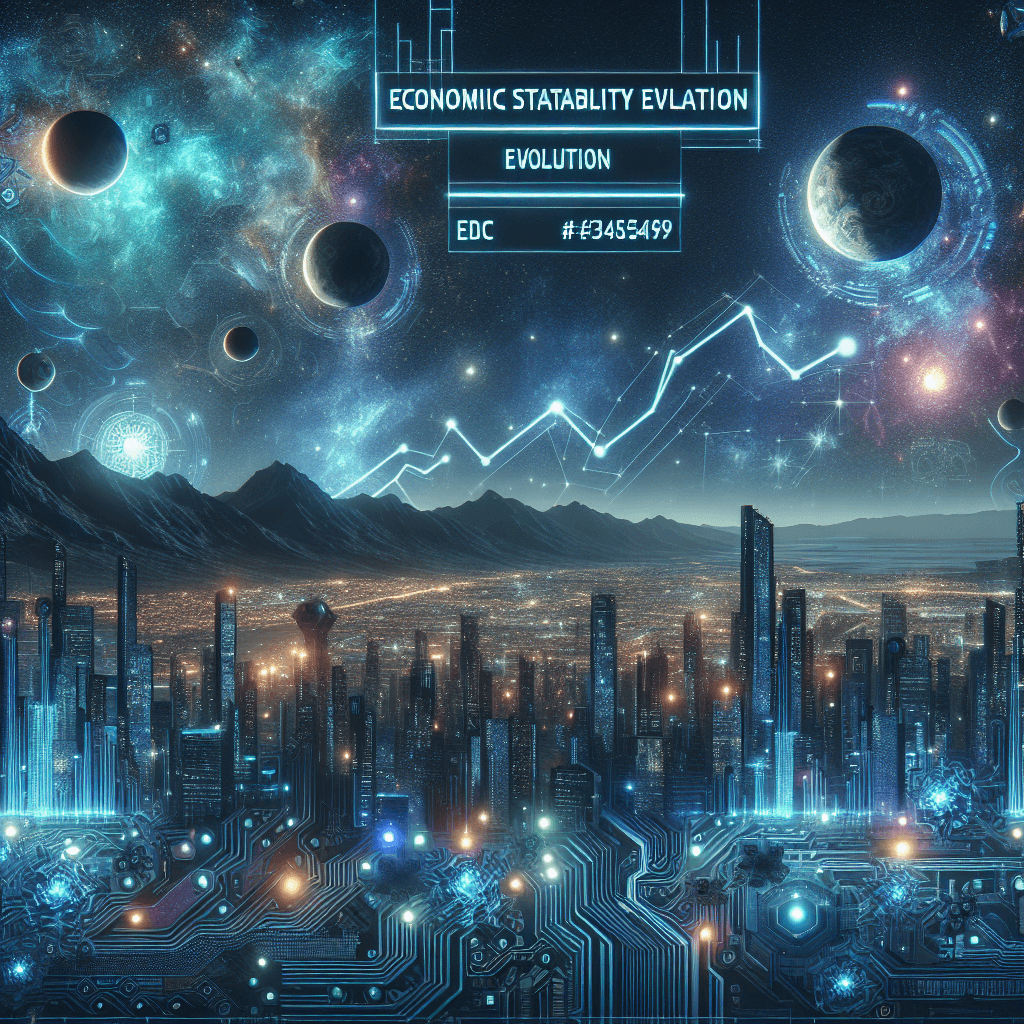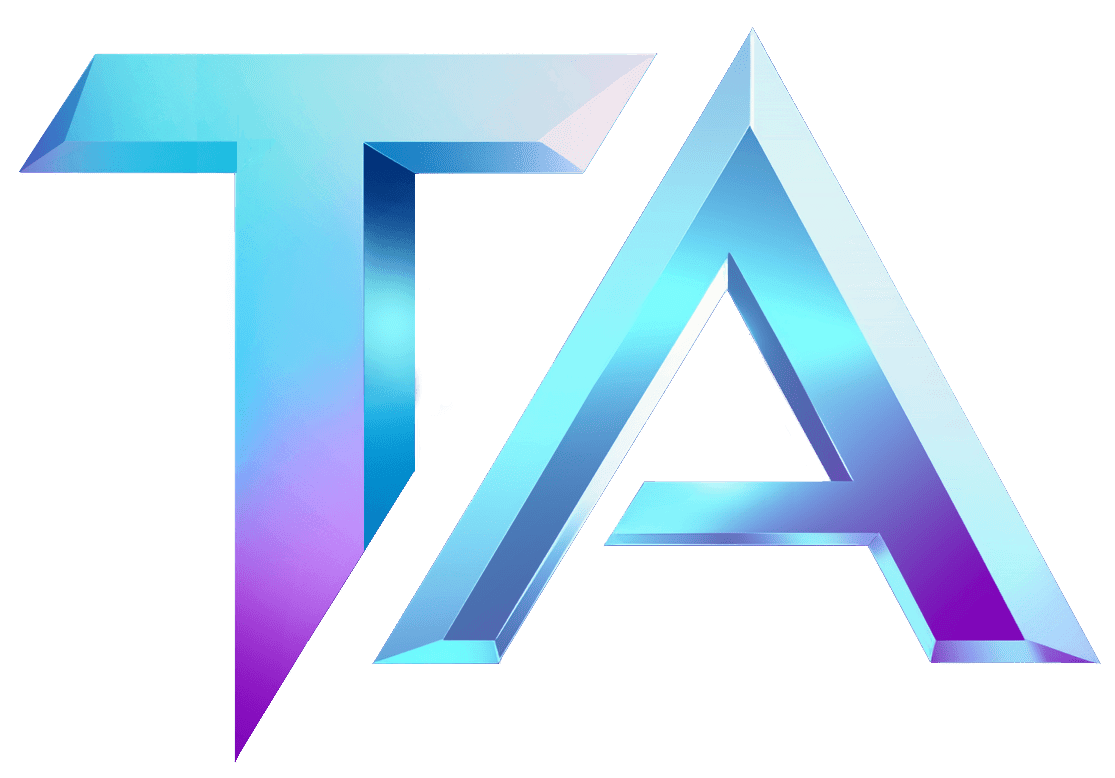Star Atlas: Evolution of Economic Stability Unveiled

Star Atlas: Evolution of Economic Stability Unveiled
Star Atlas, a pioneering space-themed gaming metaverse, is making waves both in the gaming and blockchain communities. As it continues to grow, understanding economic stability within this universe becomes essential. Let’s explore how the evolution of economic stability in Star Atlas can inform its players, investors, and the broader ecosystem.
The Basics of Economic Stability
Economic stability refers to a balanced and predictable economic environment, where fluctuations in prices, employment, and overall demand are minimized. In any economic system, including virtual ones like Star Atlas, stability fosters player trust, investment confidence, and long-term growth.
The Star Atlas Economy
Star Atlas operates on the Solana blockchain, which allows for fast transactions and low fees. The game’s economy is primarily driven by three types of assets: in-game currency (ATLAS), NFTs (non-fungible tokens) representing various in-game items, and the in-game land or territories.
-
ATLAS: The primary currency of the Star Atlas universe. Players earn ATLAS through various activities such as missions, trading, and crafting.
-
NFTs: These unique digital assets range from spaceships to planets, each having its specific utility and demand, which helps create a dynamic market.
-
Territories: The ownership of land provides opportunities for resource gathering and builds an additional layer of economic interaction among players.
Evolution of Economic Stability in Star Atlas
The economic stability of Star Atlas undergoes a continuous evolution influenced by player interaction, game mechanics, and external market forces.
-
Initial Launch and Player Engagement: At launch, the economy was relatively simple, focusing primarily on gameplay mechanics and in-game rewards. As players engaged, ATLAS gained utility, and demand for NFTs quickly grew, allowing for initial economic excitement.
-
Market Dynamics and Speculation: With the influx of players, the market began to experience fluctuations. The demand for NFTs surged, leading to price volatility. Understanding these dynamics is crucial for players and investors, as speculative behavior can often create unstable environments.
-
Mechanisms for Stability: To counteract volatility, developers are introducing mechanisms such as staking rewards, dynamic pricing, and decentralized governance. These initiatives are aimed at fostering a more stable economy by encouraging long-term investment and player retention.
-
Community Input and Decentralization: The governance model enables players to have a say in economic decisions, from adjusting in-game rewards to introducing new features. This decentralized approach encourages a sense of ownership, further stabilizing the economy by aligning player interests with the game’s prosperity.
-
Market Integration: As Star Atlas gains recognition, its integration with outside markets and partnerships can lead to increased investment and stability. The ability to exchange ATLAS and NFTs for fiat or other cryptocurrencies adds another layer of complexity and balance.
The Road Ahead
As Star Atlas continues to evolve, maintaining economic stability will be integral to its success. Players and investors must stay informed about changes within the game and the broader economic context of blockchain gaming. Adaptation and strategic participation in the economy will be key in navigating the challenges ahead.
For deeper insights and real-time analytics on the evolving Star Atlas economy, visit Titan Analytics Star Atlas data modules. If you have any questions or need assistance, do not hesitate to contact Titan Analytics. Together, we can explore the exciting universe of Star Atlas!




